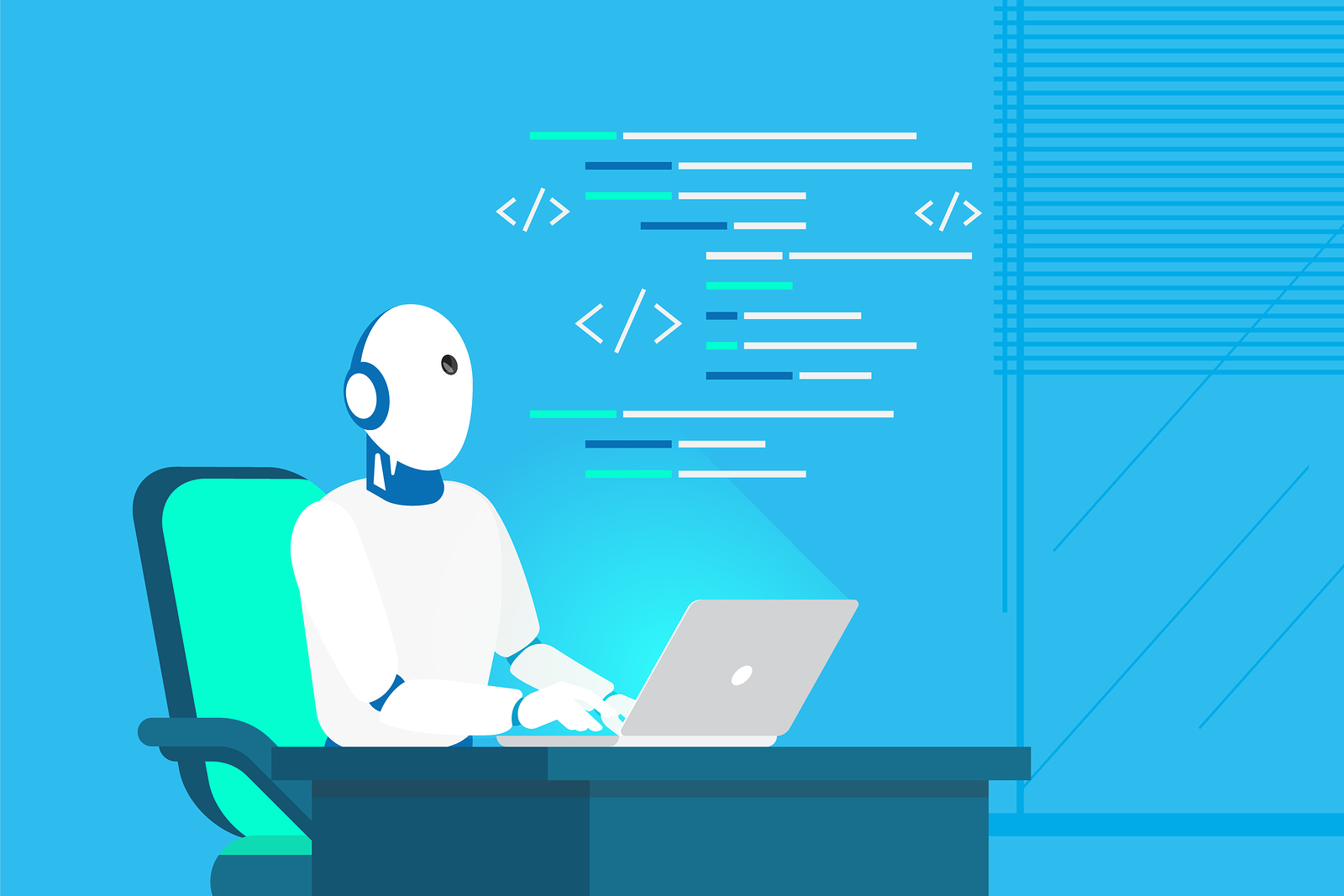Image Annotation: A Critical Component of Model Training
Facial recognition technology (FRT) relies on image annotation to accurately detect human facial features in images or videos. This involves using landmark detection or keypoint annotations to label facial traits, such as the eyes, nose, ear, and mouth. Without accuracy in training data, computer vision models cannot process and detect facial features. This is similar… Continue reading Image Annotation: A Critical Component of Model Training The post Image Annotation: A Critical Component of Model Training appeared first on Cogitotech.

Facial recognition technology (FRT) relies on image annotation to accurately detect human facial features in images or videos. This involves using landmark detection or keypoint annotations to label facial traits, such as the eyes, nose, ear, and mouth. Without accuracy in training data, computer vision models cannot process and detect facial features. This is similar to a person trying to learn from a textbook in an unfamiliar language that has all the information but is unable to understand the context.
Much like facial recognition, image annotation has several use cases in fields such as autonomous vehicles, medical imagery and diagnostics, LiDAR mapping, multi-modal model training, and others.
For models to perform well, diverse and accurate training data is needed. To understand the rationale behind this, we need to examine the types of image data annotations, their usefulness, and the diverse tasks associated with quality image annotation.
Types of Data Used with Image Annotation
As part of training data, Cogito Tech offers images, and videos to train machine learning models.
3D image/video annotation: This is performed on three-dimensional data, such as point clouds, to factor depth, distance, and volume into account using advanced imaging tools.
2D image/video annotation: This is performed on two-dimensional data, and some methods include bounding boxes, segmentation, landmark detection, polylines & key points.
Understanding Image Annotation Tasks
To keep quality levels high, image annotation is usually done under the supervision of an expert, using various image annotation tools to label useful information in images.
Optical Character Recognition (OCR)
Our purpose is to detect and extract text from images for tasks like document digitization for extracting text from scanned files. It also involves tasks like license plate recognition and automated toll systems and in retail for scanning receipts. Our annotators are skilled in using bounding boxes or polygon annotations required for OCR.

Action Recognition (Video Annotation)
For this purpose, we label sequences of images (frames) to detect and classify actions.
Our annotation work includes sports analysis for tracking players and their movements, detecting suspicious activities in surveillance footage, and in healthcare for monitoring physical therapy exercises. For this, our data labelers use frame-level annotations with bounding boxes or key points.

Aerial and Satellite Image Analysis
Our purpose is to label objects or features from aerial or satellite images. Use cases include urban planning for mapping buildings, roads, and land usage, in agriculture for monitoring crop health and water bodies, and for identifying damaged areas post-disaster in disaster management. For this, our annotators analyze images and perform polygons, bounding boxes, semantic segmentation, and other annotating methods as per the project needs.

Lane and Road Marking Detection
Our purpose is to identify and annotate lane boundaries and road markings for cases like autonomous driving, traffic management for monitoring roads, lane detection and trajectory prediction, and other annotation types.

Anomaly Detection
Our purpose is to identify unusual patterns or objects in images. Use cases include manufacturing, medical imaging, and environmental monitoring, which involves domain experts for region-level or pixel-level annotations.

Wildlife and Conservation Monitoring
Our purpose is to annotate biological beings living in forests or natural habitats. It is effective for monitoring animal behavior studies, tracking endangered species, identifying poaching activity, and other wildlife conservation activities. The annotators are required to label images using bounding boxes, polygons, and keypoints.

3D Point Cloud Annotation
Our purpose is to annotate LiDAR or depth map data for 3D object detection for detecting objects in 3D space for navigation, mapping terrains, or objects in real-time. Herein, annotators typically use 3D bounding boxes and semantic segmentation methods to label.

Why is Image Annotation Useful?
The development of Facial Recognition Technology (FRT) has begun ethical debates regarding privacy, consent, data security, and potential biases in AI technology. Examples of unauthorized data collection and surveillance without the knowledge of the public have emerged leading to legal confrontation and calls for stern regulations.
A few companies have been put to trial for improperly managing biometric data, especially with regard to facial image data, which was gathered from internet sources and shared without due consent. This presents ethical dilemmas and utter disregard for data protection and individual privacy laws.
The Usefulness of Ethical Training Data
Image annotation companies that train the AI model have a greater responsibility to provide ethically sourced training data. Cogito Tech delivers quality training data that are ethically and legally compliant.
High-performance Image Annotation Tools
An effective and intuitive annotation tool is the foundation of any successful picture annotation effort. Make sure the image annotation platform you choose has the tools you need to address your future use cases.
There are time during image annotation process that technical issues may arise, which is why a dependable partner like us can save you and your AI projects from worries. We provide comprehensive support to our clients, documentation, certified professionals, and a team of annotators to complete AI projects quickly. This commitment to reliability is why clients trust us for their annotation needs.
Choosing Between Automated and Human Annotation
Machine learning engineers or data scientists know that labels are important for any model training. They are the first step to realizing the model’s potential to make accurate predictions in highlighting patterns, anomalies, and pixel-perfect details. In today’s world, where precision is non-negotiable, the quality of these labels can make or break an AI system.
Machine learning assisted labeling is also another way to get things done. Technology-assisted tools suggest labels or automate repetitive tasks, reducing manual effort when the AI project needs to label basic tasks. AI-assisted labeling speeds up image annotation by active learning strategies that can prioritize the selection of images for labeling and automatically detect objects. This makes the process faster and reduces repetitive tasks for humans.
Relying upon AI for AI-related tasks is a risk. Since we are in the process of making or training AI, we should be open to AI making mistakes. It can make mistakes, like missing objects or labeling them incorrectly, especially in tricky images. That’s where human annotators shine and Cogito Tech steps in. Our team of expert human annotators does the labeling tasks that are not just accurate but insightful of machines to seamlessly run the algorithms. For example, when one of the projects for medical image annotation came to us, we collaborated with medical professionals and annotated data from simple cells to edge cases like possible disease scenarios to help researchers make diagnoses based on trustworthy data.
What keeps us best is our commitment to compliant-labeling training data. We leverage advanced annotation tools and AI-assisted workflows while keeping humans in the loop for the critical, nuanced cases machines can’t handle.
Conclusion
Image annotation is crucial for the creation of precise machine-learning models, and it positively affects sectors that require accurate visual data interpretation.
Let me leave you with this thought: the AI revolution doesn’t start with algorithms but with precision-labeled training data. By investing in high-quality annotations today, you’re not just achieving successful AI projects but also giving society a futuristic, revolutionary, and sustainable lifestyle.
Let’s empower your AI models to perform at their best as Cogito Tech does!
The post Image Annotation: A Critical Component of Model Training appeared first on Cogitotech.

















